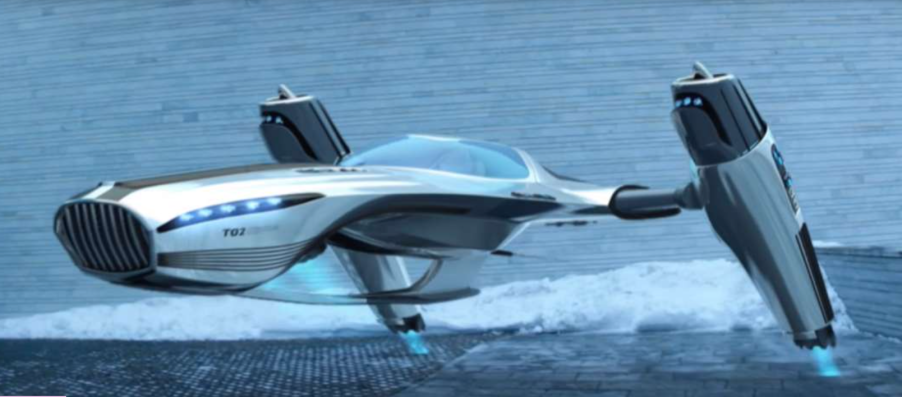
This For-Real Plane Flies Using Ion Thrusters and No Fuel!
Scientists are advancing drive systems that sound like Star Wars, but it is happening right now. They’re pushing us toward for-real planes using ion drive thrusters and no fuel. What that means is there are no moving parts. No fuel consumption and no moving parts-yeah, that’s some Star Wars s**t for sure.
They created an “electrodynamic-powered” plane with no propellers or engines

But, it’s not. A team at the Massachusetts Institute of Technology created an “electrodynamic-powered” plane that has no propellers or engines. Instead, it uses solid-state propulsion. Nothing like this has ever happened because our technological toolbox wasn’t big enough. Technology has finally caught up with the idea of an anti-gravity type of machine.
“The future of flight shouldn’t be things with propellers and turbines,” team lead Steve Barrett told Nature. “It should be more like what you see in Star Trek, with a kind of blue glow and something that silently glides through the air.”
The idea of anti-gravity goes all of the ways back to 1921. But only in the last two or three years has advancement allowed for the MIT team to create such a plane. They created a craft with a 16-foot wingspan, weighing a bit over five pounds. Thin electrodes run throughout the wing. At the back of the wing is an airfoil for lift. That is basically what an airplane wing is; an airfoil.
As the plane travels ions are pushed to the back of the wing creating thrust
At the front of the wing, the wires get charged to positive 20,000 volts. At the rear, the airfoil is also charged but to negative 20,000 volts. Electrons at the front portion of the wing are forced out of the nitrogen molecules. As the plane travels this produces ions which are pushed to the back of the wing. This process of being driven back causes an ionic wind which creates thrust.
“The basic idea is that if you ionize the air, which means removing an electron from it, you can accelerate the air with an electric field,” Barrett tells IFLScience. “Like the force you get if you rub a balloon on your head.”
The team was able to get the plane to fly over 200 feet in 12 seconds. Thrust efficiency was just under three percent. There is not a lot of efficiency in this result. But the whole wing system increases efficiency as speeds increase. So a plane going 670 mph would see its efficiency increase to 50 percent.
A run-of-the-mill lithium-polymer battery charges the ions in the thin wires

Ion engines have been used on spacecraft for a time, but the ionization happens with the fuel. By ionizing xenon, gas thrust is generated. So this use of ionization isn’t the same. In this case, a run-of-the-mill lithium-polymer battery charges the ions in the thin wires at the front of the wings. “It is possible to fly planes that are solid-state, and we demonstrated that for the first time,” says Barrett.
Testing continues as the team improves its flight and distance traveled. In the beginning, they could only fly the craft in a straight line. Now, they can turn the plane in flight. But these milestones are still baby steps. It will take years to make this practical enough for manned flight. But it does prove the point and inches us much closer to the sci-fi-seeming anti-gravity machines that we remember in movies.



